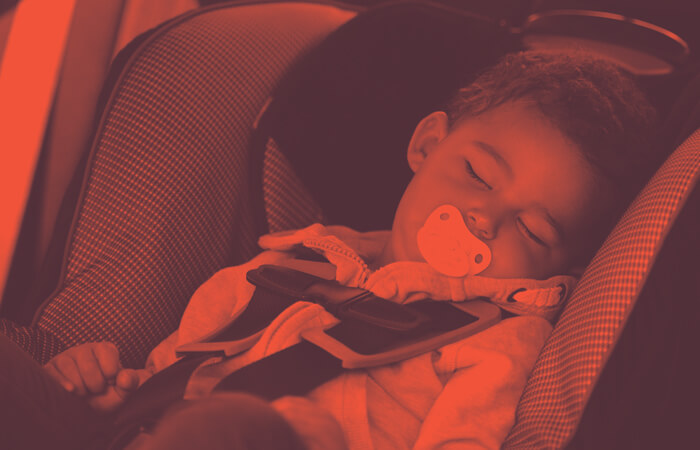Kids in Hot Cars: One Child is Too Many
Nine children have died so far this year.
Nine children have died so far this year.

Children are dying in hot cars at an alarming rate. Pediatric vehicular heatstroke (PVH) - also known as hyperthermia – continues to be one of the leading causes of non-crash fatalities for children under 14 according to the National Highway Traffic Safety Administration. On average, 37 children die each year in the U.S. Between 1998 and 2017, 742 children died from PVH. All of these deaths could have been prevented.
Coinciding with National Safety Month, NSC released a new report to share information about why hot cars pose such a danger. The report tracks state laws, prosecutions and sentencing over the past 10 years, and steps to take to avoid tragedy. Just 21 states protect children from intentionally being left to die in hot cars. The report features the heartbreaking experience of one caring and attentive father who lost his daughter to PVH.
PVH can occur anywhere, to anyone and during every month of the year. The vehicle windows create a greenhouse effect, heating up quickly in a matter of minutes. Children heat up three to five times faster than adults. According to the American Academy of Pediatrics (AAP), hyperthermia becomes fatal when the core body temperature reaches 107 degrees. On a 90 degree day, the temperature inside a parked vehicle can become deadly for a child in the first 10 minutes, closer to 15 minutes on an 80 degree day. Regardless of the temperature outside, parked vehicles heat up on average 19 degrees in the first 10 minutes alone.
Typically, parents and caregivers that have intentionally left their children have not intended to cause harm. Often adults intend to do something quickly, not wanting to disturb a sleeping child, without understanding the risk involved. 54% of children have been left unknowingly or “forgotten” in a parked vehicle, 27% gained access on their own to unlocked vehicles, and 18% were left intentionally.
So what can you do? Always “Look Before You Lock”! First, make a habit of looking in the rear seats before leaving your vehicle, even when children are not traveling with you. Often, PVH has occurred when parents reported being tired, busy and outside of their regular routines. Second, always lock your vehicle so that children cannot gain access on their own. Make sure everyone that cares for your child is aware of the dangers. Additional resources from advocacy agencies are available in the report (nsc.org/heatstroke).
As a parent, I understand both the question of how can this happen, and the busy, exhausting (but, all worth it!), hands-on juggle of life with children. While the average age of PVH deaths is 21 months, I am vigilant about making sure everyone has left the vehicle before locking it and walking away, even though my children are between 8 and 12 years old and well-versed about this danger. There are still times they have chosen to remain in a vehicle. It has happened when one sibling offended another and the child whose feelings had been hurt waited for mom or dad to notice. It has been because they were upset and wanted to be alone. It has happened while we were rounding up our crew and one child decided to “be a good helper” and the first to listen to daddy and rushed to the remotely-unlocked car that was still out of eyesight.
When I’ve asked why they stayed in a hot car even though they know it is dangerous, in that moment from the rationale of a child, the response is “because I don’t care.” From mom’s perspective, children don’t really believe it will hurt them. So, the education continues and the practice of remaining with my vehicle until I have confirmed everyone is out will also continue. Furthermore, my car will always remain locked when we are not in it, and my children are not allowed unattended in a vehicle, even for one minute! Please, help increase awareness about the dangers of hot cars and how quickly they can become fatal. One more child is too many!
With a century-long legacy, the National Safety Council is a global center for safety expertise. Let's work together to align resources. We look forward to learning about ways we can join efforts to expand safety everywhere!
There are no items in your cart